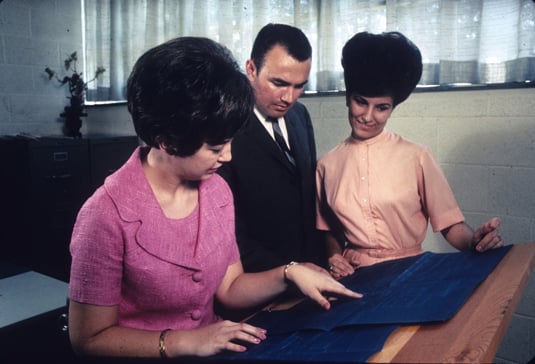
July 13, 2012
The Ways We Work: VII
In my most recent post, I mentioned some of the biggest obstacles to an effective workplace strategy including the integration of the physical work environment, human behavior, organizational dynamics, and business processes. One aspect of these challenges comes up in almost every discussion I have with designers and workers around North America about the NetWork […]
In my most recent post, I mentioned some of the biggest obstacles to an effective workplace strategy including the integration of the physical work environment, human behavior, organizational dynamics, and business processes. One aspect of these challenges comes up in almost every discussion I have with designers and workers around North America about the NetWork paper: Most of the time we look at ‘the workplace’ as a “one-and-done” interiors project, rather than as an ongoing system to be monitored and continuously improved. (Just to be clear here moves, adds-on, and changes are not what I mean by continuous improvement.)
Looking at workplace making as a periodic event creates an even bigger disconnect between the “place” and the activities happening in it. Work is dynamic, so is human behavior, and business processes will undoubtedly change over time. If we’re doing our best to link “place” and “work”, shouldn’t place be expected to keep up with work as it changes, rather than our current strategy of getting it “right” at a moment in time, then waiting – on average seven years — to rebalance it again?
Workers’ demands change with every generation, too.
In our first roundtable discussion with designers and a worker in Chicago, the worker challenged our thinking about this very topic. He suggested that we look at design services as ongoing – not over with the move-in, but only about 50% complete at that point. A member of my team chimed in using the metaphor of the last car he bought: “The car came with a two-year free maintenance agreement. I’m not stupid – I know I’m paying for it in the purchase price of the car – but I like knowing that the first two years of service are already covered.” What IF design services (and fees) were structured to include the ongoing translation and adaption of the workplace to the business as it adjusts and evolves over time?
Most of us have experienced this firsthand- and it’s smart business.
Such a mindset creates new, healthy challenges for us. We need to think through the level of flexibility and adaptability that we build into our workplace strategy: What is likely to remain fairly consistent and what is likely to change frequently? How do we build in the ability for the building or the furniture or the technology interface to accommodate that eventuality easily? And what processes do we put in place to identify the need for modifications? What do we leave to the users themselves? And what should be under the control or influence of the host organization?
“Gee, maybe it’s time to update our offices?”
See? It all comes full circle back to providing choice and control to the users themselves. Within limits and within the overall strategy we build to support unique cultures, social norms, and business practices.
Jan Johnson, FIIDA, is VP of Design and Workplace Resources at Allsteel, manufacturer of office furniture. She has focused on the correlation between business strategies and the workplace. She has a degree in interior design and a Master’s in business administration and has worked as an interior designer and strategic planner for her own firm and Perkins + Will, and as a workplace consultant for HOK/Consulting. She leads Allsteel’s Workplace Advisory team and the development and delivery of content and tools that support clients and design organizations as they plan, design and manage work environments.
Ways We Work is a blog series.






